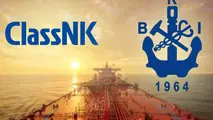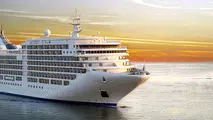How BWM Convention affects ships in New Zealand

Around 20 New Zealand-flagged ships traveling to overseas ports will be affected by the entering into force of the BWM Convention on September 8, along with some recreational vessels, such as ocean-going yachts that carry non-permanent ballast water, Maritime NZ informed.
The agency noted that the purpose of these new maritime laws will serve the country’s goals to keep waters and ports free of ecological pests and diseases. New Zealand acceded to the IMO’s Ballast Water Management Convention last year.
Examples of commercial vessels that may be affected by the changes include large fishing vessels that operate in other countries and inter-island ferries travelling overseas to dry-dock for maintenance.
Foreign flagged vessels travelling to this country, such as those carrying cargo and cruise passengers, are expected to already comply with some of the initial standards in the Convention, as required by overseas jurisdictions and existing Ministry of Primary Industries’ standards.
Sharyn Forsyth, the General Manager of Maritime Standards for Maritime NZ, says traditionally ships on international voyages took on-board ballast in the coastal waters of one country, after unloading cargo, and then discharged this ballast water at the next port of call when loading more cargo.
“This is why the requirements relate to ships travelling internationally. Ballast water discharge typically contains a variety of biological materials, which often include non-native, nuisance, exotic species that can cause ecological and economic damage,” she says.
While the requirements of the Convention are mostly managed by exchanging ballast water mid-ocean at present, the intention is that ship owners will eventually need to install ballast water treatment equipment. Such systems are now generally included in the design and construction of new-builds.



